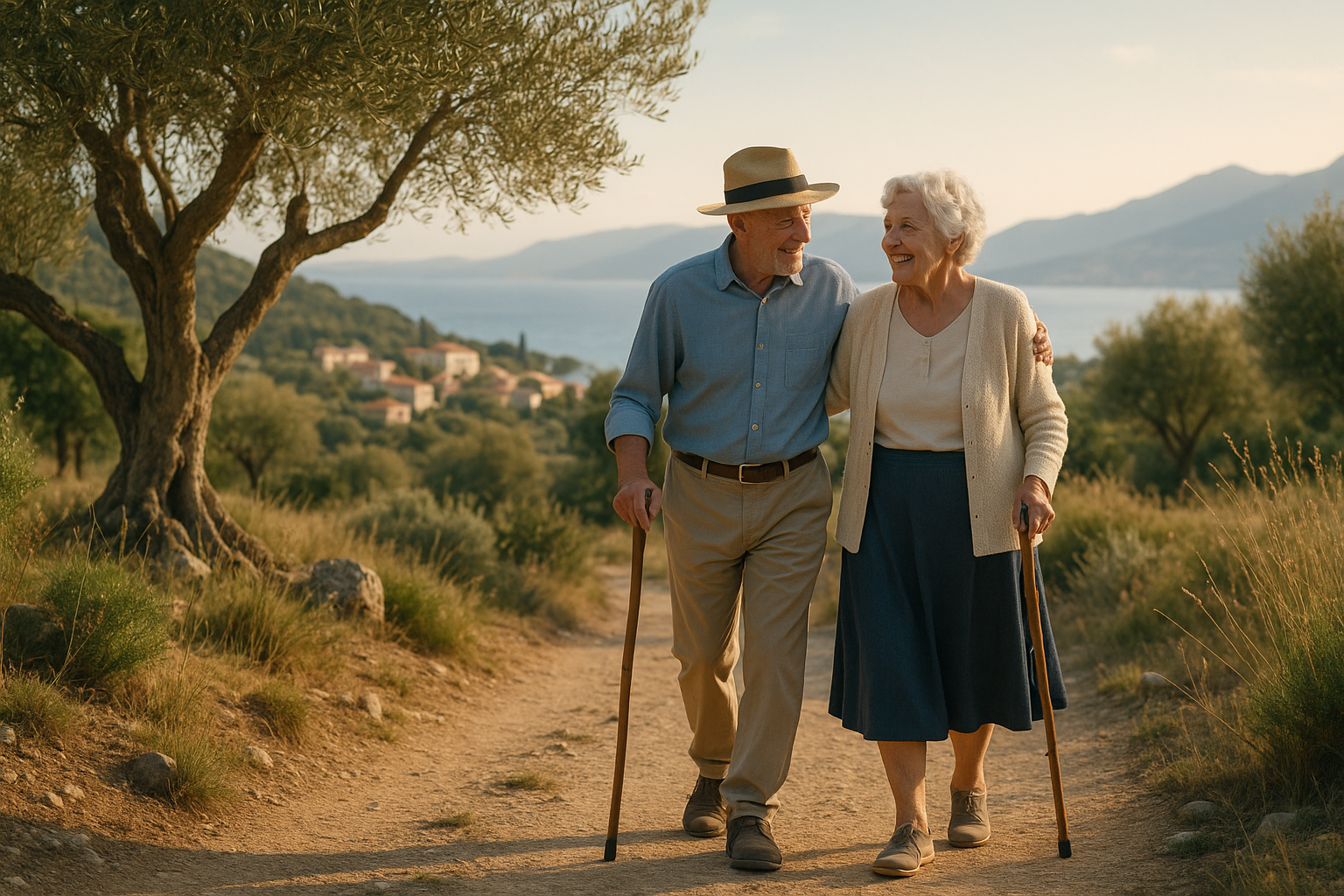Unlocking the Potential of Blue Zones: The Secret to Longevity
Blue Zones have become a fascinating subject of study in the world of health and wellness. These are regions where people live significantly longer than the average person. What is the secret to their longevity? Let's delve into the history, science, and lifestyle practices of Blue Zones to uncover the keys to a long, healthy life.

The Mystery of Blue Zones: An Overview
The concept of Blue Zones was first introduced in the early 2000s by Dan Buettner, an explorer, and researcher who teamed up with National Geographic and longevity scientists. They identified five regions—Okinawa (Japan), Sardinia (Italy), Nicoya (Costa Rica), Icaria (Greece), and Loma Linda (California, USA)—where people live measurably longer. These areas exhibit a high incidence of centenarians (people who live to 100), low rates of chronic disease, and an overall high quality of life in old age.
Unraveling the Science Behind Blue Zones
Several studies have been conducted on Blue Zones, revealing that the secret to longevity is a mix of genetic, lifestyle, and environmental factors. Firstly, genes play a role, but they only account for about 25% of the longevity potential. The majority rests on lifestyle and environmental factors. People in Blue Zones tend to lead active lives, incorporate a lot of plant-based foods in their diet, maintain strong social networks, and have a sense of purpose in life.
The Blue Zones Lifestyle: A Closer Look
Blue Zones residents don’t go to gyms or run marathons. Instead, they incorporate natural movement into their daily routines. They also follow a predominantly plant-based diet, rich in legumes, whole grains, fruits, and vegetables. Interestingly, they all consume moderate amounts of alcohol. Additionally, the sense of community is strong in these areas, which contributes to lower levels of stress and longer lifespans. Lastly, they have a strong sense of purpose, which is believed to add up to seven years of extra life expectancy.
The Controversy Around Blue Zones
Although the concept of Blue Zones holds much appeal, it has also been met with some skepticism. Critics argue that the criteria used to identify these zones are too vague and that the data is somewhat selective. Despite these criticisms, the lifestyle habits of Blue Zones residents—such as eating a plant-based diet, maintaining an active lifestyle, and prioritizing social connections—have been universally recognized as beneficial for health and longevity.
The Blue Zones Blueprint: Practical Insights
-
Move Naturally: Incorporate more physical activity into your daily routine. This could be as simple as walking to the store, gardening, or doing household chores.
-
Right Tribe: Surround yourself with people who support healthy behaviors. As humans, we are influenced by those around us, so it’s important to choose your social circle wisely.
-
Plant Slant: Try to include more plant-based foods in your diet. This doesn’t mean you have to go vegan, but try to make fruits, vegetables, whole grains, and legumes the focus of your meals.
-
Purpose: Find something that gives your life meaning and purpose. This could be your career, a hobby, volunteering, or spending time with family and friends.
In conclusion, while the secret to the longevity of Blue Zones residents may not be easily replicable in other parts of the world due to differences in culture, environment, and lifestyle, there are still valuable lessons to be learned. The Blue Zones lifestyle offers practical strategies that anyone can adopt to improve their health and possibly extend their lifespan. It’s not about striving for perfection but making small, sustainable changes that add up over time.




